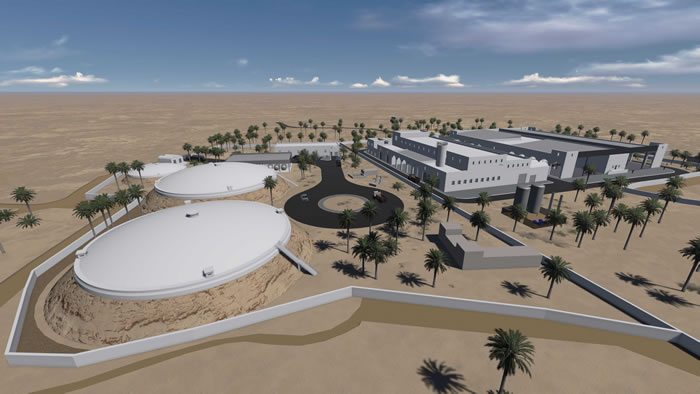The government of Kenya through the Turkana County Government is in talks with Almar Water Solutions, a Spanish provider of specialist expertise and solutions in water infrastructure development, for the construction of a water desalination plant at the Lotikipi basin aquifer.
According to Tito Ochieng, the director of water services in Turkana County, the discussions are at an advanced stage and an agreement could be reached within a matter of a few months.
“The investor is in the course of validating a business that would involve privatizing the water and selling it to water companies, while promoting access to water for the local population,” he explained.
Cost of the project
The plant will be built in the village of Nanam, at a cost of somewhere between US $48.2m and US $96.5m.
If Almar Water is awarded this contract, it will be the second opportunity that the company has taken in the desalination sector in Kenya. The company is currently involved in the implementation of a US $160m seawater desalination project in Mombasa County together with Aqua Swiss, a company based in Plan-les-Ouates, near Geneva, Switzerland.
Lotikipi Basin Aquifer
The Lotikipi Basin Aquifer is a 4,164 square kilometers in the northwest region of Kenya extending near the borders of South Sudan, Ethiopia, and Uganda. It is situated about 300m below the surface and it contains approximately 200 billion cubic meters of water.
The aquifer was discovered back in September 2013 by Radar Technologies together with the Kenyan government and United Nations Educational, Scientific and Cultural Organization (UNESCO). It is said to have the potential to supply the population with enough water for at least 70 years if properly managed.
The Kenyan government in February 2015, announced that the first tests of the aquifer had established that the water was too salty for human consumption and it would therefore have to be desalinated using reverse osmosis to be fit for human use.

